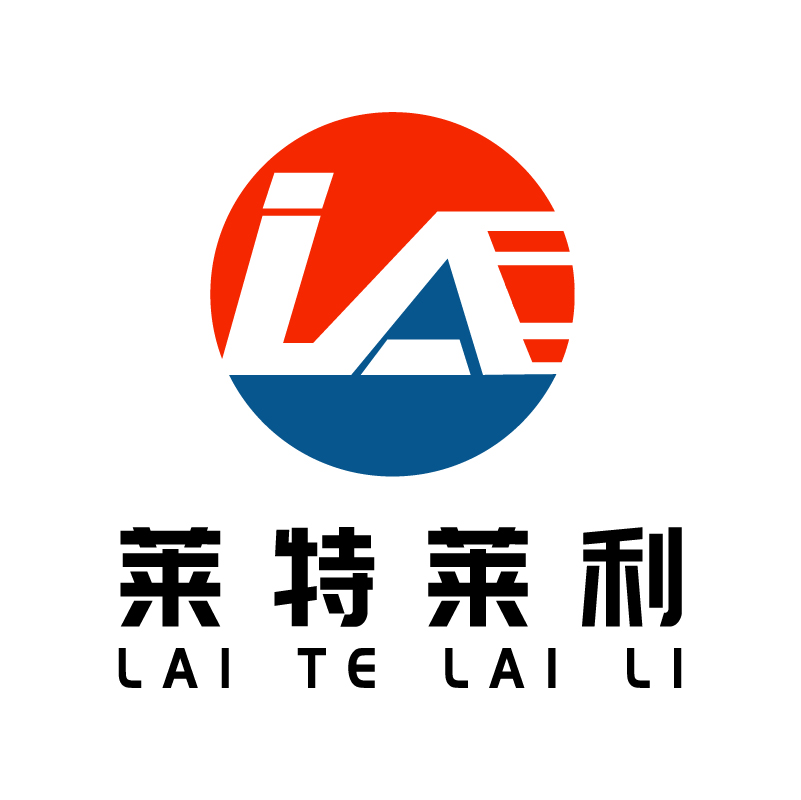What is the influence of carbon strip thickness on TTO high speed coding quality?
The thickness of carbon tape has significant influence on the high speed coding quality of TTO (Thermal Transfer Overprinter). Here's a breakdown:
First, the basic characteristics of carbon belt thickness
The thickness of the carbon belt usually varies within a certain range, which varies according to the type of carbon belt and the application scenario. In general, the thickness of ordinary thermal transfer carbon strips ranges from 4µm to 6µm. Thinner carbon bands may have better flexibility and adaptability, while thicker carbon bands may have higher wear resistance and durability.
Second, the impact on TTO high-speed coding quality
1.Print clarity:
Thinner carbon strips at high speed coding, due to their lower thickness, may be easier to achieve uniform ink transfer, resulting in a clear, detailed pattern or text on the printing medium. However, if the carbon band is too thin, it may lead to uneven pressure distribution of the print head, which in turn affects the print clarity.
Thicker carbon bands may require higher temperatures and pressures during the printing process to achieve effective ink transfer, which may increase print head wear, and it may be difficult to ensure uniform ink transfer at high speed coding, thus affecting print clarity.
2.Wear resistance:
Thicker carbon strips generally have better wear resistance and are able to maintain clarity and readability for longer periods of time during high-speed coding. This is especially important for applications where clarity is required over time.
However, too thick a carbon band may cause the ink layer to be too thick, increasing friction and resistance during the printing process, which may accelerate the wear of the print head or affect the printing speed.
3.Print stability:
The thickness of the carbon belt also has a certain effect on the printing stability. Thinner carbon bands may be more susceptible to fluctuations in print head pressure, resulting in erratic print results. Due to its higher structural strength, the thicker carbon belt may be more resistant to interference from external factors and maintain the stability of the printing effect.
4.Cost effectiveness:
When considering the influence of carbon strip thickness on printing quality, it is also necessary to consider the cost effectiveness comprehensively. Thicker carbon bands may provide better wear resistance and printing stability, but their costs are also relatively high. Therefore, when choosing the thickness of the carbon belt, it is necessary to make trade-offs according to specific application scenarios and needs.
Third, Suggestions
When selecting the carbon strip for TTO high-speed coding, the thickness of the carbon strip should be considered according to the specific printing needs, media types and cost budgets. For applications that require high-speed, high-definition printing, a carbon strip of moderate thickness can be selected to ensure a balance of print quality and efficiency. At the same time, attention should also be paid to the storage and transportation conditions of the carbon belt, and the storage or transportation of the carbon belt should be avoided in high temperature and high humidity environments, so as not to affect its printing performance and service life.
In summary, the thickness of carbon belt has an important impact on the quality of TTO high-speed coding, and selecting the appropriate thickness of carbon belt is of great significance to ensure the printing effect, reduce maintenance costs and improve production efficiency.



